7 Steps to Make Your Fiddle Leaf Fig Tree Grow Bigger, Faster!
Anyone that has been infected with Fiddle Leaf Mania has seen the incredible potential of these trees to create a lush, outsized indoor plant. You found your Fiddle Leaf, but you found it small. Or you've had your indoor tree for a few years already but would like to take it's growth to the next level.

Here are our 7 Steps to Make Your Fiddle Leaf Fig Tree grow bigger:
STEP 1: OPTIMIZE THE POT SIZE
The size of all indoor plant depends on the pot size in which it is planted. The more space for the roots, the larger the plant can get.
Aim to give your plant the largest pot possible, without making the current pot-plant combo look out of proportion. 'Graduate' your indoor tree to incrementally larger pots over its lifetime.
STEP 2: ENSURE EXCELLENT DRAINAGE
When choosing the planter for your Fiddle Leaf, make sure that it supports the watering and drainage of your plant.
Pots should have the following 3 characteristics:
- Sufficient drainage holes to let water out
- You've placed some gravel or stone ships at the bottom of the pot to prevent the soil from clogging up the drainage holes
- The pot is a pot, i.e. there is an open surface at the top, where the soil is exposed. So don't plant inside a large vase or urn.
STEP 3: FULL, REGULAR WATERING
Water is the vehicle that brings nutrients to the roots. When you water your Fiddle Leaf Fig, do your best to ensure that all parts of its soil get moisture. You want to avoid dry, dusty patches from forming inside the planter, which will cause the roots to die off.
For plants that are small enough to be moved:
- Place your plant in a tight container or sink - you're looking to give your plant a soak.
- Introduce enough water up to approximately 75% of the planter height. Water the top to ensure that the water from the top and bottom meet inside the planter.
- Leave for 10 minutes.
For plants that are too big to be moved:
- Water in a way that allows excess water to flow out of the drainage holes. Do so generously.
- Collect this excess water and pour it into the pot again.
- Repeat.
- A drip tray underneath the planter is the best way to prevent a watering mess.
TOP TIP: Use a Moisture Meter to measure your soils moisture levels.

STEP 4: CHECK FOR GOOD SOIL AERATION
Indoor plant soil can sometimes compact, which slows down the natural growth functioning of your plant. You'll notice this if a hard crust forms at the top, or if, when gently digging into the soil with your fingers, you find that it is difficult to move the soil.
Follow these easy steps:
- Use some chopsticks to create small holes in the soil medium around the plant.
- Push the chopsticks in as deeply as you can and then gently rotate them, left-right, to create some loosening.
Try to be guided by what you feel - if you encounter resistance - this may be a larger root, try for a different location.
STEP 5: DO AN ANNUAL SOIL TREATMENT
Change your soil medium once a year, preferably in early spring, at the beginning of the growth season. Fresh soil with increasing daylight hours is like rocket fuel for your indoor plant.
Fiddle Leaf Figs like well-aerated soil that holds water but still drains quickly.
Don't go to extremes by removing all soil from the roots. Simply change the soil that lets itself be removed easily and freely.
STEP 6: FERTILIZE LESS, MORE OFTEN
To give your Fiddle Leaf the nutrients that it needs, choose a good balanced organic fertilizer, such as Biotrissol, for your feeding regime.
We found that feeding less, more often, especially in Spring through Summer, works really well. Dilute the recommended proportion in half or a quarter, and feed it to your Fiddle Leaf with every watering, approximately once a week.
STEP 7: GIVE IT LIGHT!
Take a moment to consider whether your Fiddle Leaf Fig tree has the most optimal light. You may have chosen a corner where your indoor tree looks good aesthetically, but could it get more light elsewhere?
Here are some golden light tips:
- Maximize light brightness and duration, but avoid harsh direct light.
- Some softer direct sunlight in the early mornings or late afternoon should be fine, just watch for leaf burn - dry brown patches.
- Rotate your houseplant, it wants to get light from all directions.
There you go. With these Tips, your Fiddle Leaf should virtually grow in front of your eyes! No doubt, these indoor plants require some care to make them flourish. But the results will be endlessly rewarding. Good luck!





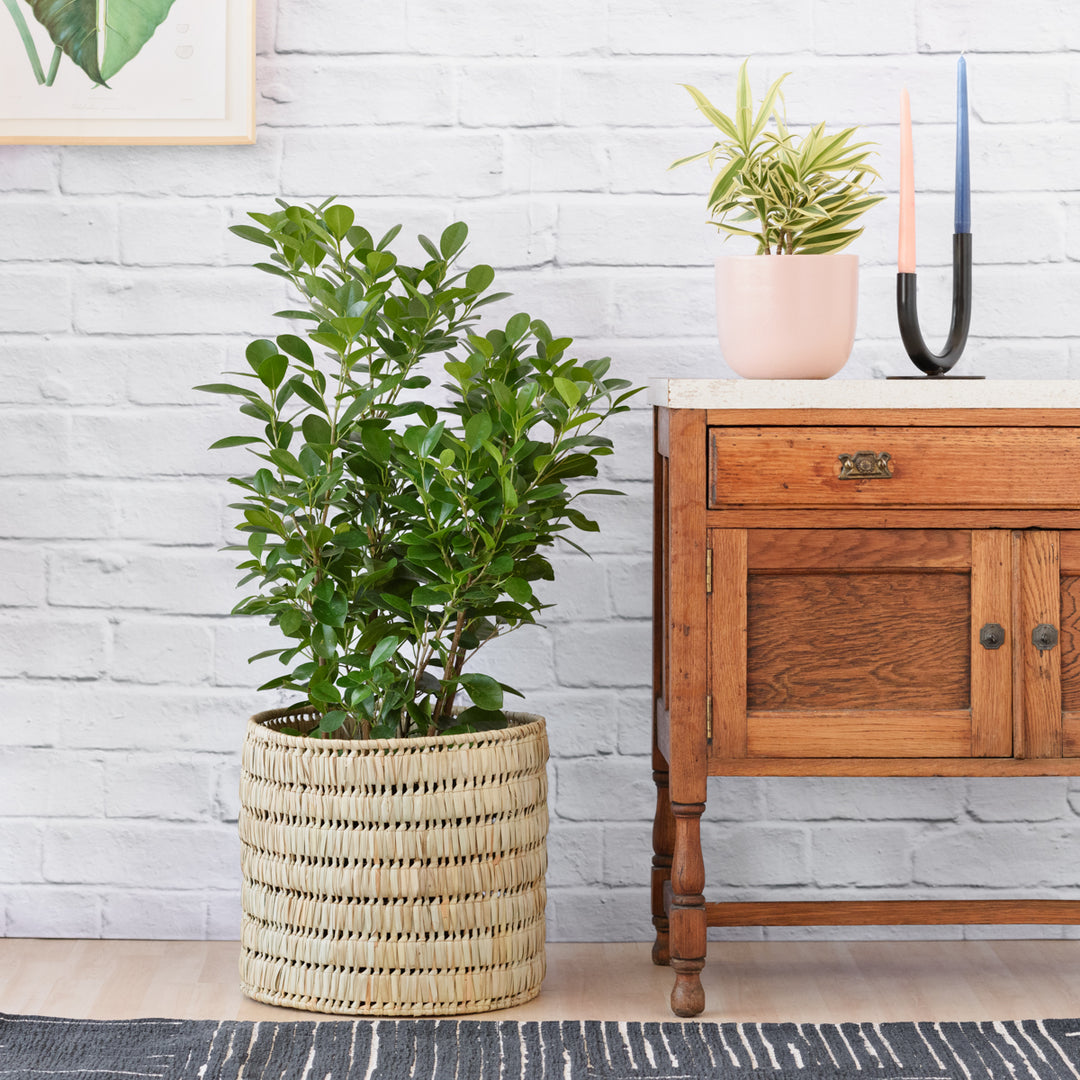
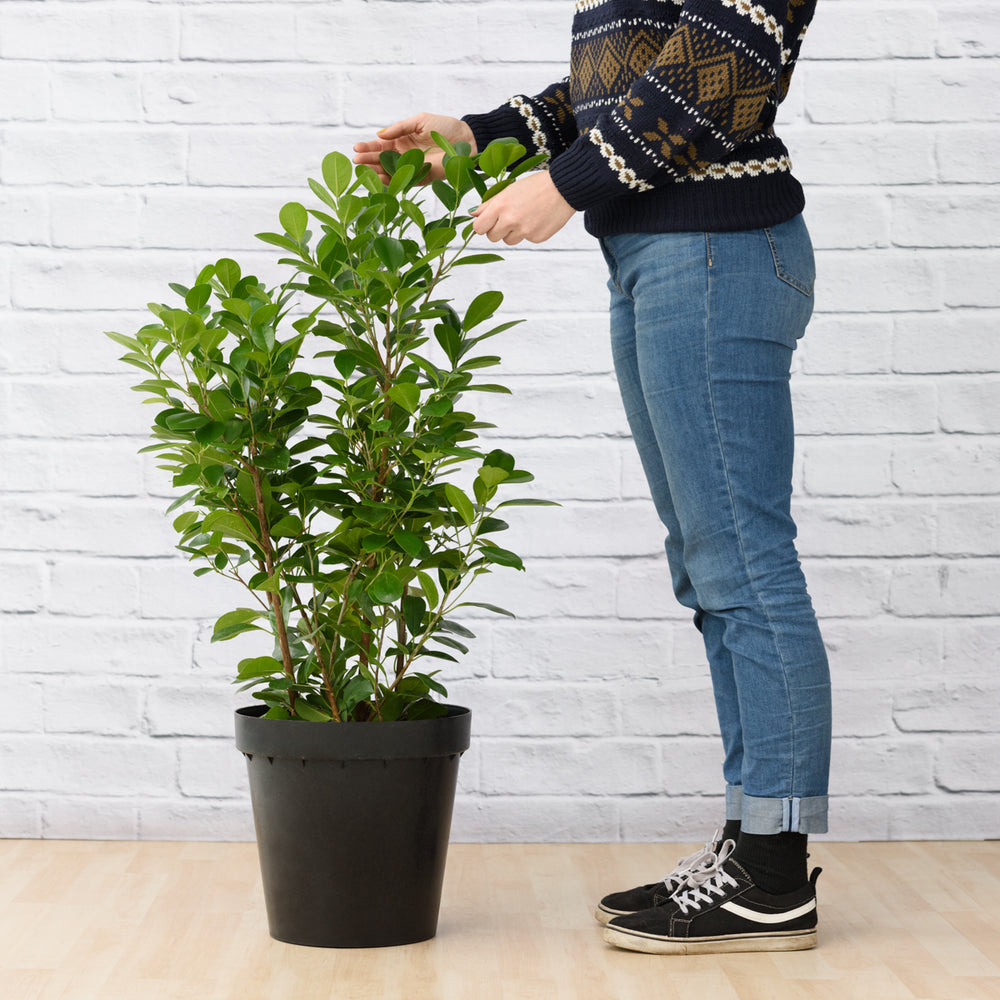
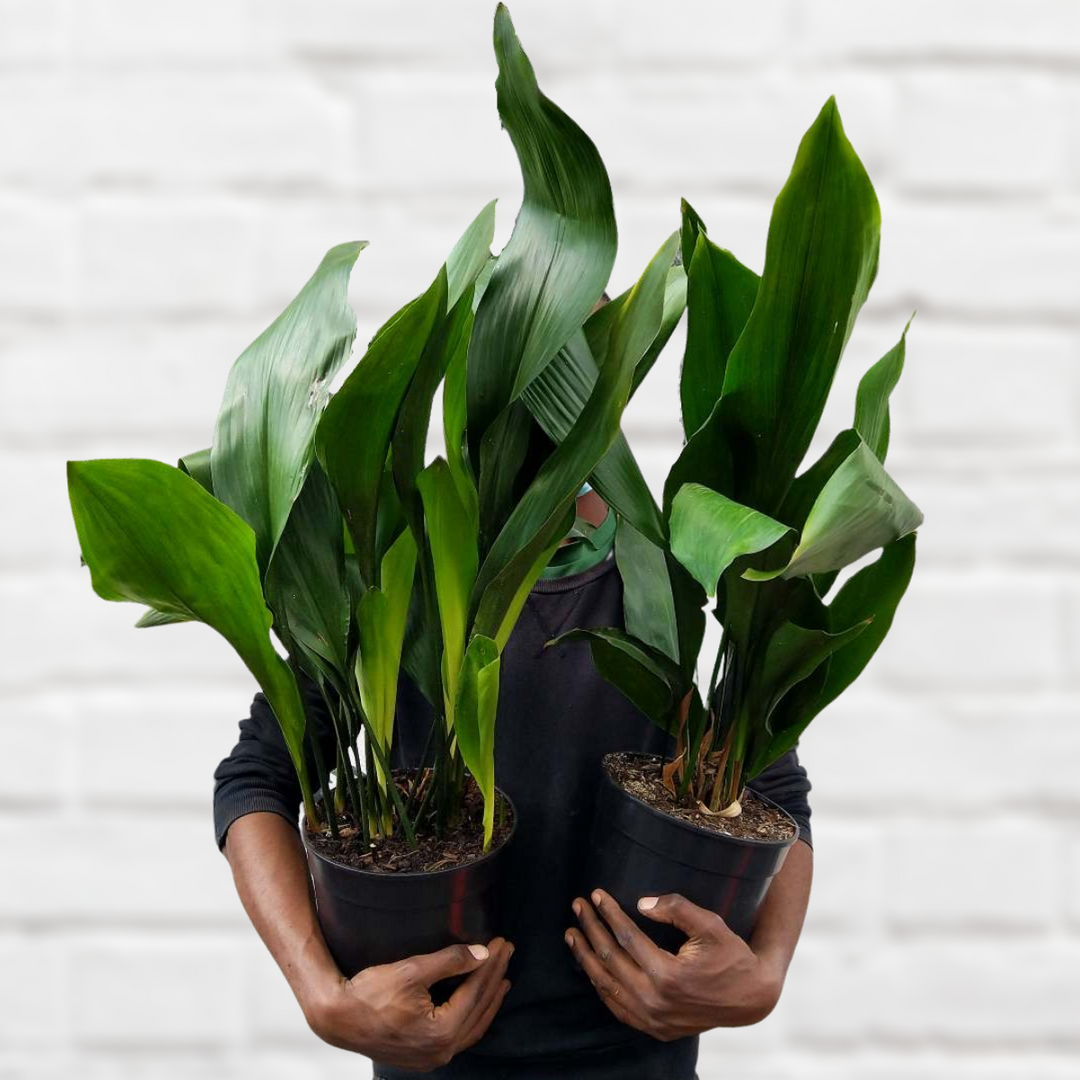
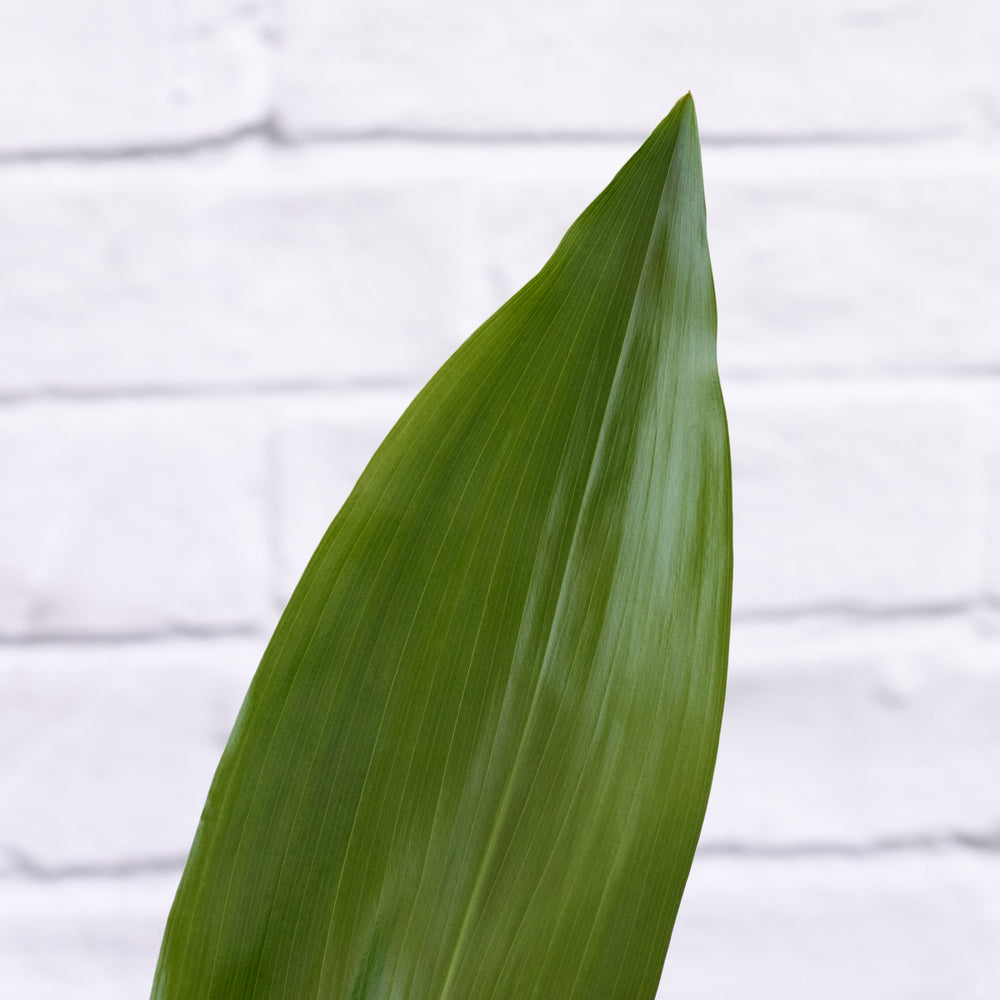
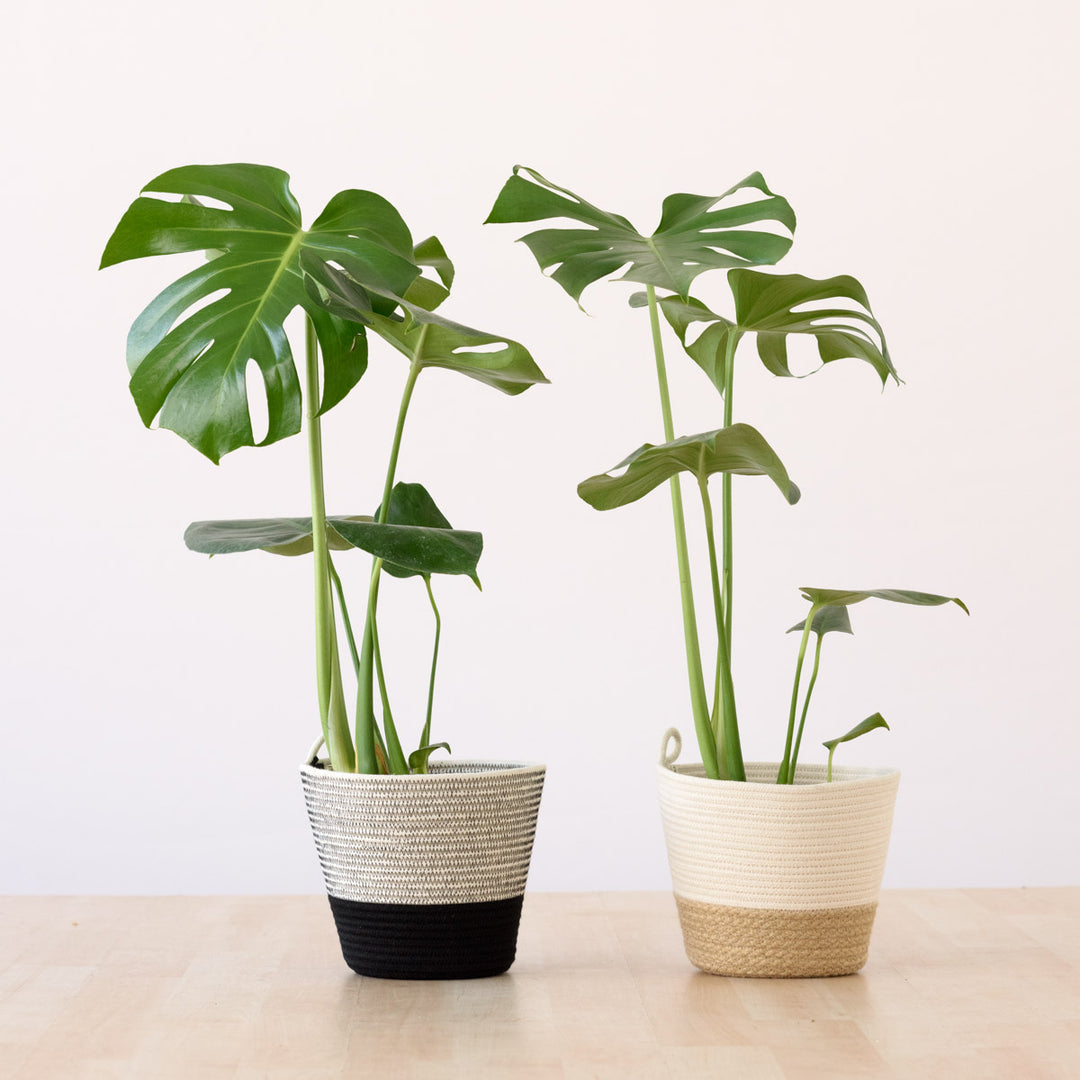
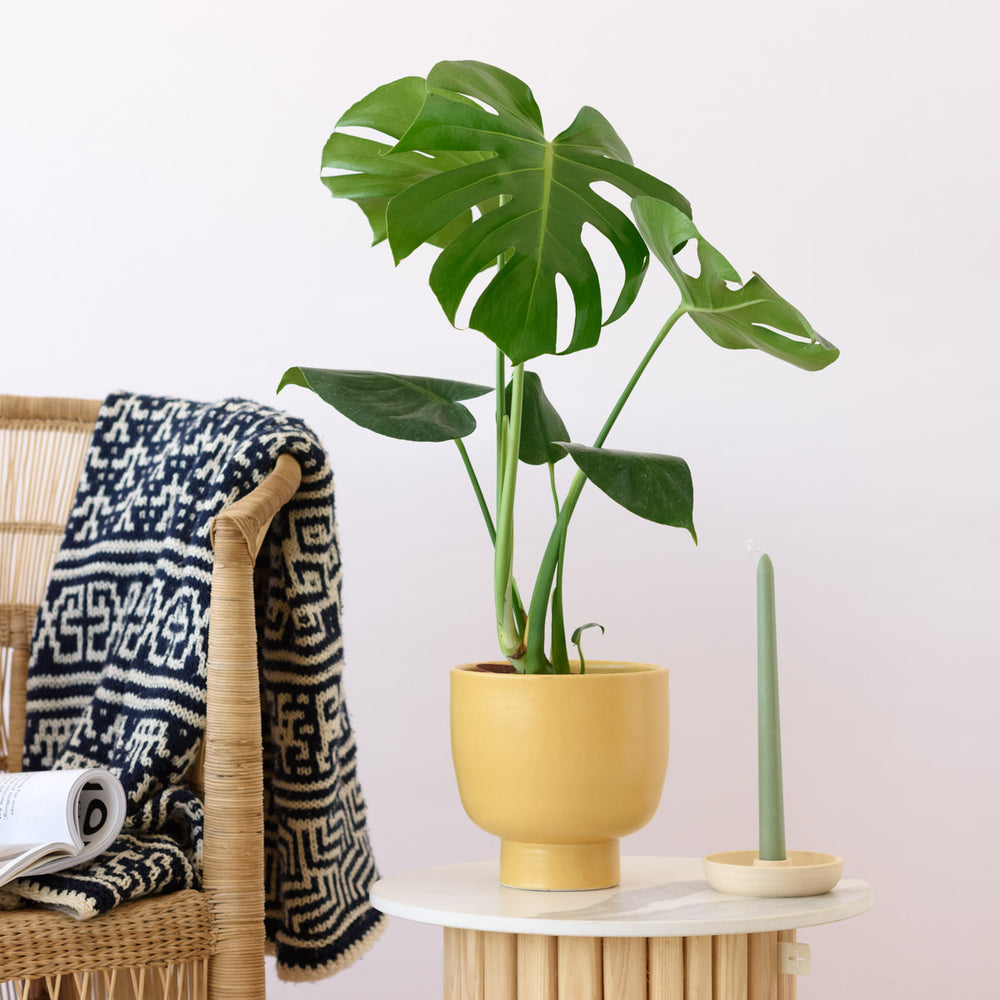
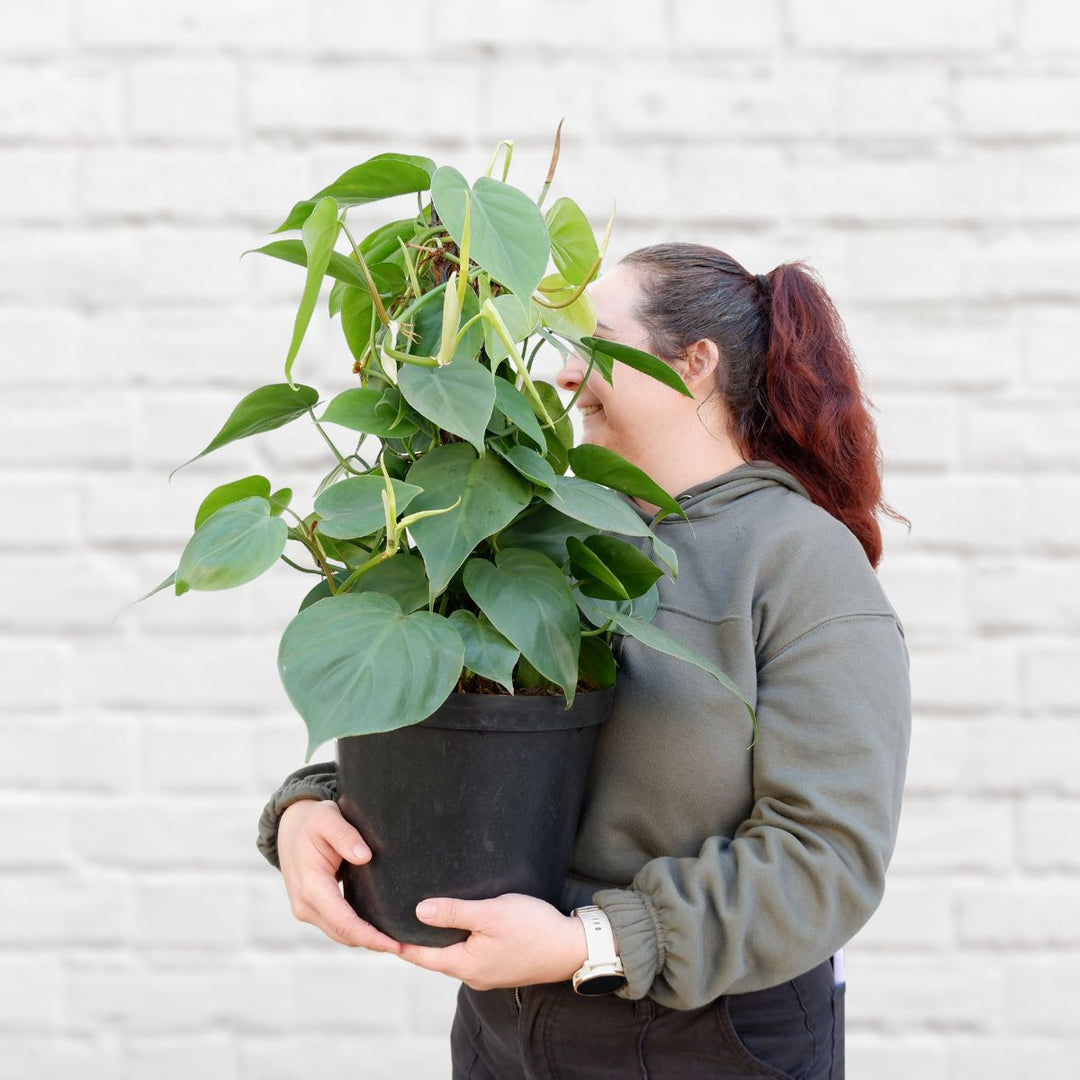


My tree’s leaves also turn inwards- can you tell me why
Regards Kerry
I saw on Instagram that an app recommends watering it with paprika they grow faster and healthier. Is this true?
Great tips I love my fiddleleaf and its doing well but know it could do better will be following the tips repotting etc 😍🪴
The leaves on my plant turn in towards the stem rather than hang out. I don’t know if it is a lack of water or too much. There are no brown spots so the leaves look healthy. Thanks for your advice.
I have a fiddle leaf fig tree plant that is approx. 2.5 years old. It is in a large east facing window and has been there the entire time we have had it. It has performed well…… it was planted by my very capable florist who placed two small (approx. 2.5-3ft.tall. I purchased a bottle of Fiddle Leaf Fig Tree Liquid Fertilizer and have used it as instructed (1 tsp. In 2 cups water) give to the plants once per week.
For the first two years I continued this regime. Since the plant grew so well and was nearing 6’ high I cut back on the fertilizing to every other week per month. Now the plant is near 7 ft tall. I have only had 4-5 leaves fall off during its growth period and the leaves are a shin deep green. My question now is I would love to have the plant gain more growth in its width! Do you ever prune a Fiddle Fern to force out side growth? Would love to hear your suggestions.
Thank you so much!,,
Judith BARR
Leave a comment